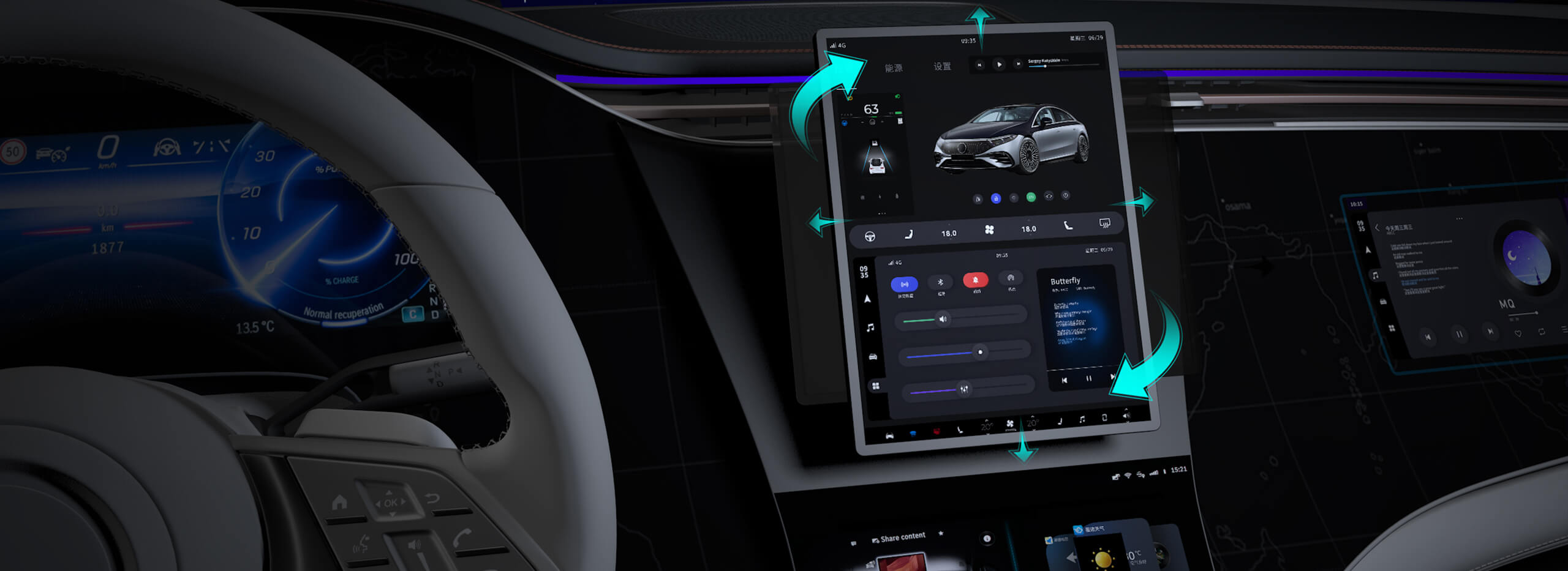Unlocking the Power of 12V DC Geared Motors: Essential Design Calculations and Insights
In the world of robotics, automation, and precision machinery, the humble DC geared motor often becomes the unsung hero. Its ability to convert electrical energy into mechanical motion with refined control makes it an indispensable component across countless applications. Among these, the 12V DC geared motor stands out — a versatile workhorse known for its affordability, robustness, and adaptability.

But what exactly goes into designing such a motor? How do engineers determine the right gear ratio, torque, and speed to ensure optimal performance? If you’ve ever wondered about the intricate calculations behind these miniature powerhouses, you’re not alone. Unveiling the secrets of effective design involves understanding a tapestry of electrical, mechanical, and control principles. This guide breaks down the process, starting from fundamental concepts and progressing through advanced design considerations.
Understanding the Basics of a 12V DC Geared Motor
At its core, a DC motor transforms direct current into rotational torque through electromagnetic interactions. When paired with a gear train—a series of wheels and axles—the motor’s output can be tailored to deliver specific speeds and torques suited to different tasks. A 12V power supply powers the motor, making it compatible with common battery configurations, such as car batteries or rechargeable packs.
A typical DC geared motor combines a brushed or brushless motor with a gear reduction system. The gear train decreases speed while amplifying torque. This decouples the motor’s inherent high-speed, low-torque characteristics into a form more suitable for practical applications, like robotic wheels, conveyor belts, or actuators.
Why Do Design Calculations Matter?
Precision in calculations ensures that the motor’s selected specifications meet the demands of the application without unnecessary overspending or underperformance. An underpowered motor may stall under load, while an oversized one might waste energy and increase costs. Therefore, understanding and performing detailed calculations is essential for efficient, reliable system design.
Fundamental Parameters in Designing a 12V DC Geared Motor
Key parameters include:
Motor Voltage (V): In our case, 12V, which influence the current draw, torque generation, and speed. Torque (T): The rotational force the motor produces, critical for overcoming load resistance. Speed (RPM): The rotational speed, heavily impacted by gear ratio. Gear Ratio (GR): The ratio of the gear train, which determines how the motor’s speed and torque are modified. Current (I): The electrical current needed, linked to torque and power consumption. Power (P): The motor’s mechanical output, calculated in watts.
The Relationship Between Torque, Speed, and Power
The fundamental relationship governing motors is:
[ P = T \times \omega ]
where ( P ) is power in watts, ( T ) is torque in newton-meters (Nm), and ( \omega ) is angular velocity in radians per second. To convert RPM to radians/sec, use:
[ \omega = \frac{2\pi \times \text{RPM}}{60} ]
Design Calculations: The Starting Point
Suppose your application requires moving a load with a certain torque capacity and at a specific speed. To determine the appropriate motor and gear ratio:
Calculate Load Torque:
Estimate the torque needed to move the load, including overcoming static friction, inertia, and any dynamic forces. For example, if moving a robotic arm segment weighing a particular load, use:
[ T{load} = F{resist} \times r ]
where ( F_{resist} ) is the resisting force, and ( r ) is the radius or lever arm.
Determine Required Gear Ratio:
Given the motor’s base torque and speed, select a gear ratio to achieve desired output speed and torque:
[ GR = \frac{\text{Motor RPM}}{\text{Desired RPM at output}} ]
and
[ T{out} = T{motor} \times GR ]
Estimate Current and Power:
Using the motor’s stall torque and stall current, determine the operating parameters and ensure they are within safe limits.
Efficiency and Power Losses
No design is complete without considering efficiency. Gear trains introduce losses—typically 10-15%. Selecting gears with minimal friction and high-quality bearings can noticeably improve overall efficiency.
Practical Design Tips
Select a motor with a stall torque marginally above the calculated load torque, providing a safety margin. Account for startup inertia and dynamic load changes. Use a motor driver capable of handling peak currents. Consider thermal management to prevent overheating.
This overview provides a foundation for approaching the complex yet fascinating task of designing a 12V DC geared motor. In the next part, we’ll delve into detailed calculations, real-world examples, and tips for optimizing your system for maximum performance.
Kpower has delivered professional drive system solutions to over 500 enterprise clients globally with products covering various fields such as Smart Home Systems, Automatic Electronics, Robotics, Precision Agriculture, Drones, and Industrial Automation.




































